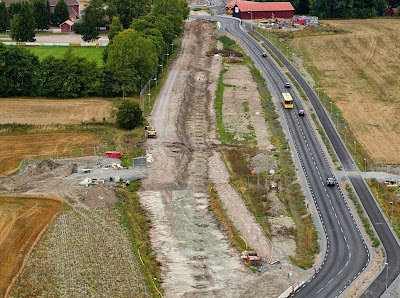Anglo-Saxon satchel mount c.700 AD. Gold and Silver foils with repoussé decoration.
Found with the burial of an Anglo-Saxon ‘princess’ at Swallowcliffe, Salisbury.
Amesbury Archer Gold Hair Tresses - 2,300 BC. The oldest gold objects found in Britain,
Copyright Ken Geiger/National Geographic.
Polished macehead made from gneiss found with a cremation burial at Stonehenge, 3,000 – 2,500 BC.
Building is underway at The new Wessex Gallery of Archaeology,
The Salisbury Museum
Building has begun on the new Wessex Gallery at the Salisbury Museum, which will make it clear for the first time exactly why Salisbury and it’s nearby World Heritage Sites hold a unique place in British history.
The new gallery will be of international importance, telling the story of Salisbury and the surrounding area from prehistoric times to the Norman Conquest. Realm Projects, the Nottinghamshire based builders who worked on the Hepworth Wakefield and The Jewish Museum, have been contracted to complete the works.
“By Christmas this year the major construction work will be complete,” said museum director Adrian Green with a gleam in his eye. “In roughly seven months, the new Wessex Gallery will be ready.”
Read the rest of this article...






